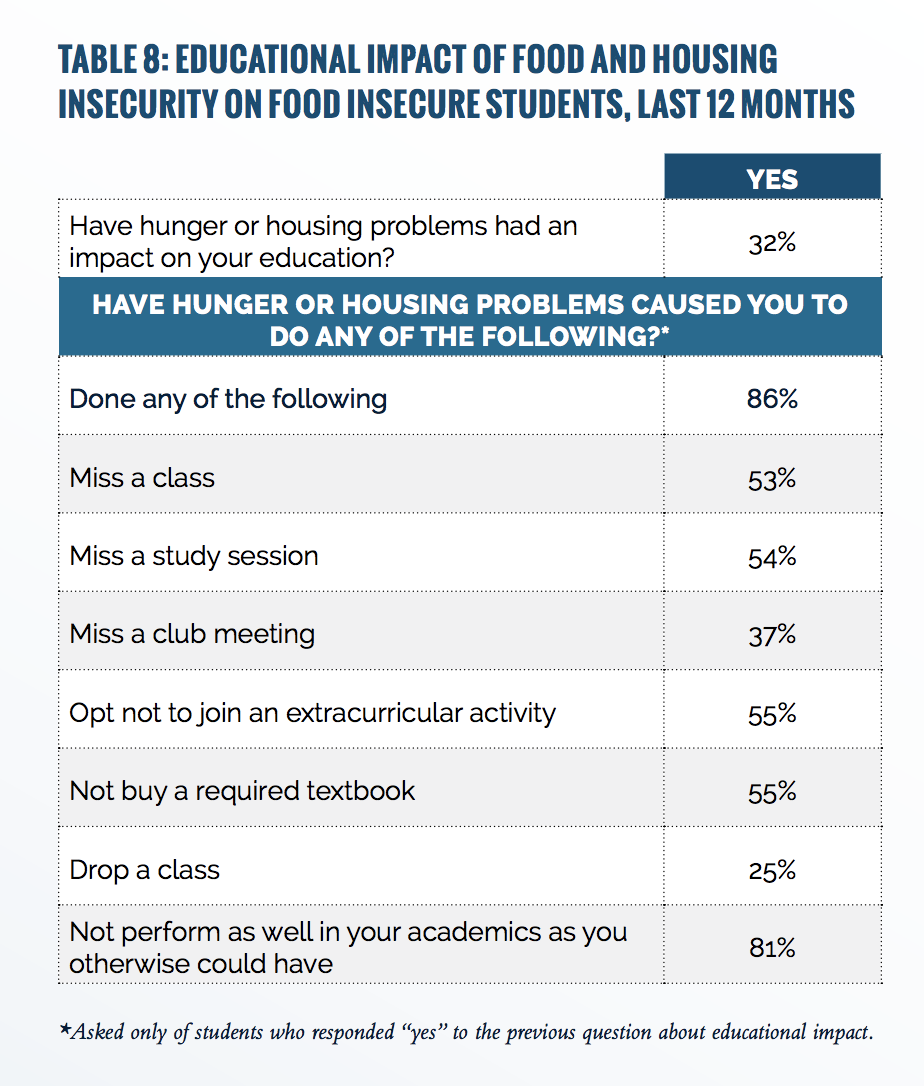“Have a great break!”
This seemingly simple phrase is prominent on campuses across the country during this time of year. And although it is well-intentioned, there are students to whom this phrase is painful, a falsehood, an anxiety-inducing overlooked truth. The break from campus life is not a welcomed restful break as it appears to be for all. What are we doing for these students?
As someone who loves the holiday season, I can remember a time when long breaks in the semester created both cheer for the season but dread for the break. It was awesome feeling the semester wind down and horrible feeling like I was leaving the security of the new home I had created on my campus.
Things were not always great or stable at home for me and created a lot of anxiety, whereas being at school with friends and a wide support system felt more familiar and comfortable. This makes me think about our students who have no home to return to, our students who can’t or don’t want to return home, or our students who, for whatever reason, don’t feel as much joy about leaving for the long break as the rest of the campus seems to.
Taking a look at the Hunger On Campus (October 2016) report we can see that 25% of students at a two-year and 20% of students at four-year institutions report experiencing food insecurity. The report further shows that students who experience food security report higher rates of housing insecurity, and that 32% of students believed their food and/or housing problems had an impact on their education.

This is a very real problem for our students and I can only imagine is intensified by the holiday season and campus closure.
What are we doing for these students? We have to begin thinking about the processes, events, and ways we talk about the break with our students.
Policies
What policies are in place making the break seasons more difficult?
Sometimes, offices are willing to allow a student to stay on-campus during the break (without charge) due to complicated home situations, but just having the policy doesn’t do much if the student is unaware. Someone might be so embarrassed about their family situation that telling their friends — let alone a university administrator — can feel impossible. Often, the students who most need those policies won’t feel comfortable coming forward with their request.
Making sure that we clearly communicate what our move-out policies are, while allowing flexibility for those with exceptions, could make or break a student’s experience with our institution.
Connections
The connections that faculty and staff have with students are going to be crucial in supporting any policy that might allow for a student to stay on-campus or seek support during a challenging season.
I am not asking for you to be sad that the holiday season is upon you, just be aware that some of your students may not be feeling joyful about it. That’s where our connections with students will play a huge role. It is our job to create communities where students feel they can talk about these issues with us as student affairs professionals and with their peers. We must foster spaces and people whom students feel that they trust, feel comfortable talking to, and can receive holistic support from.
Something powerful happens when spaces are created where students feel they can be vulnerable. This is when we see students inviting other students to spend the holiday with their family, peer groups creating their own holiday traditions, and opportunities to share their lives outside of our campus wall. The connections we have with students and that we help facilitate between students can truly create life-saving and meaningful opportunities.
Lastly, when we know of a student’s life situation we can offer some support; that can be as simple as sending a supportive text over the campus closure or as engaged as sharing a meal together over the break.
Things You Can Do
Service Trips:
This year we started our first January service trip program and what we found was that a high number of international students applied. They shared that this was an excellent opportunity for them, since they were not able to go home for break. These trips could offer some students a week’s reprise and allow them to give-back. You might not be able to coordinate one of these programs, but could you serve as an advisor? Help a student fundraise to go on a trip?
Support Groups:
Are there ways for your campus to provide support groups for students who are experiencing food and housing insecurity? Support groups for students experiencing trauma at home? If your campus doesn’t offer support groups, could your office look to partner with the counseling center to start one? You can build upon your connections with students here, by sharing meeting information with them and encouraging them to attend.
Mealshare Program:
Develop a voluntary mealshare program where faculty and staff volunteer to host students over for a meal. It’s a great way to both provide students with a meal and some connection to a potential mentor or friend. These programs can take place all year round, and be amplified during break seasons when a smaller, but perhaps more critical, group of students might attend.
As our campuses quiet down for the end of the semester, I hope you all are able to relax, rejuvenate, reflect on the past 5 months, celebrate successes, and of course, have a lovely break.
I wish the same for all our students, but I ask that we think about the ones for whom our campus closure represents pain, sadness, or discomfort. I ask that we think about how we support and encourage them during this time. We can do better to support these students, and I hope that we will.





